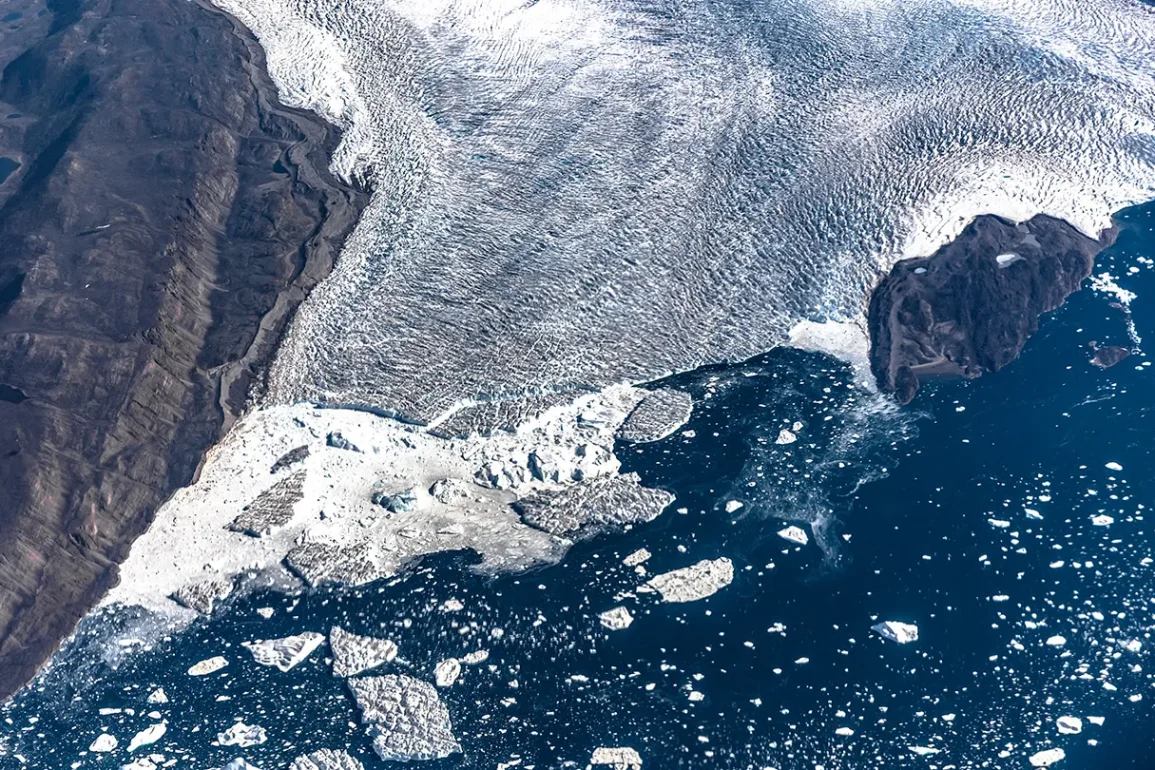The impacts of human-caused climate change are reshaping Earth’s fundamental rhythms, including the length of each day, as revealed by recent research published in the Proceedings of the National Academy of Sciences.
This phenomenon stems from accelerated polar ice melt due to global warming, which is subtly but noticeably altering the planet’s rotation speed, extending the duration of days by milliseconds. Although seemingly insignificant on a daily basis, these changes are consequential for modern technologies such as GPS, which rely on precise timekeeping synchronized with Earth’s rotation.
The study underscores the profound influence humans are exerting on Earth’s natural systems. According to Surendra Adhikari from NASA’s Jet Propulsion Laboratory, this highlights the gravity of ongoing climate change. Earth’s rotation, determining the length of a day, is influenced by a complex interplay of factors including the moon’s gravitational pull and shifts in the planet’s shape due to melting ice sheets.
Historically, the moon has been the dominant force elongating days by milliseconds per century through its gravitational tug on Earth’s oceans. However, the new research indicates that climate change, by redistributing melted ice from poles toward the equator, now plays a more significant role in altering Earth’s rotation. This is akin to how a spinning ice skater changes speed when extending or retracting their limbs.

Analyzing a 200-year period from 1900 to 2100 using observational data and climate models, scientists found a marked increase in day-length variability attributed to climate change. In the 20th century, sea level rise contributed to variations in day length between 0.3 to 1 millisecond, with recent decades showing a pronounced increase of 1.33 milliseconds per century—a rate unseen in the previous century.
Looking forward, if greenhouse gas emissions continue unchecked, further acceleration of ice melt in Greenland and Antarctica could extend the day by 2.62 milliseconds by 2100, surpassing the moon’s historic influence. This projection underscores the rapidity with which human activity is reshaping natural processes that have evolved over billions of years.
Moreover, the study’s findings suggest implications beyond timekeeping. The precision required for technologies like GPS, critical for everyday navigation and communication, hinges on accurate time measurement synchronized with Earth’s rotation.
The potential longer days due to climate change could necessitate adjustments such as adding or subtracting “leap seconds” to maintain alignment with atomic time standards.
While debates continue regarding other potential impacts such as increased seismic activity linked to lengthened days, the study consolidates evidence that climate change is now a primary driver of Earth’s rotational alterations, overshadowing even core-based influences that may have previously counteracted these changes.
This underscores the urgent need for comprehensive climate action to mitigate further disruption to Earth’s natural rhythms and the technological systems we rely upon.

